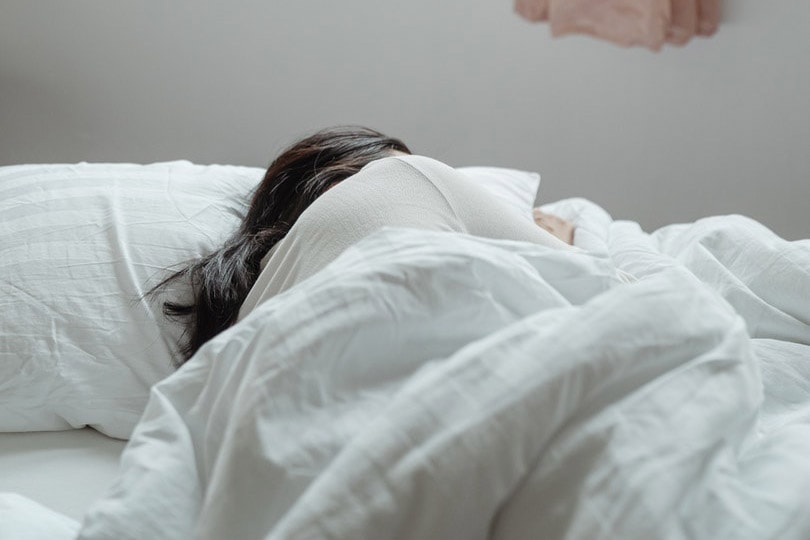
Millions of people drink coffee and other caffeine products daily. But over time, the body builds up a tolerance to caffeine, which means you need to consume even more to get the same effects.
So, how can you reset your caffeine tolerance, and what’s the best way to do it? Here, we tell you everything that you need to know about resetting your caffeine tolerance, along with other helpful facts!

Caffeine Tolerance Reset Tips
There are only two ways to reset your caffeine tolerance: either you can cut caffeine cold-turkey, or you can slowly start to decrease your caffeine intake. Neither option is fun, but we highlight a few tips to help you through whichever option you choose.
1. Do It Slowly
You will experience fewer side effects if you cut your caffeine intake slowly. This is especially true if you are currently consuming large amounts of caffeine, such as quantities over 250 mg per day.
If you quit cold turkey, you’re far more likely to experience more severe side effects, like headaches, nausea, and exhaustion. While doing it slowly can still have side effects, they should be far more minor.
It takes about 10 days for your body to reset its caffeine tolerance, so every time you lower the dosage, you need to wait about 10 days before lowering it again.

2. Bring the Tylenol
The most common side effect of caffeine withdrawal is a headache, and that’s something that a low-dosage painkiller like Tylenol can help with. It is not something that you want to stay on for an extended period, but you can take a dose when the headaches or other withdrawal effects get too bad.
It can be quite helpful when you’re trying to reset your caffeine tolerance!
3. Get the Right Amount of Sleep
A major side effect of caffeine withdrawal is exhaustion, and one of the best ways to combat that is to get the right amount of sleep. While not enough sleep will leave you feeling exhausted, too much can do the same thing.
Aim for 7 to 8 hours of sleep each day when you’re withdrawing from caffeine to help reduce the effects of lethargy.

4. Exercise
Exercise is your body’s natural energy booster, so use it to your full advantage! Hit the gym or throw on a pair of running shoes and get out of the house for a bit. For a more relaxed way to boost your energy, you can head out for a hike.
Getting out, getting moving, and getting sunlight can do wonders for your energy levels, so don’t underestimate their helpful impacts.
5. Eat Regularly/Healthy
You need energy, and it is likely the reason that you turned to caffeine in the first place. Food is nature’s way of giving you energy, so the last thing that you want to do when resetting your caffeine tolerance is to skip meals or eat low-nutrient foods.
Fruits, veggies, and carbs are natural energy boosters, so ensure that you’re getting enough of them and eating throughout the day to keep your energy levels up without caffeine.


How Long to Reset Caffeine Tolerance?
You can only reset your body’s caffeine tolerance by cutting back on caffeine or cutting it out entirely. It also takes time for your body to adjust to its new routine without caffeine.
To fully reset your body’s caffeine tolerance, you need to go 10 to 12 days without caffeine at all or at a lower dosage. Simply going cold turkey for a day or two won’t do it!
How Long to Build Up a Caffeine Tolerance?
This number varies quite a bit from person to person, but typically, it takes about 10 days to build up a caffeine tolerance. However, some people report having a tolerance build-up after only a day or two of caffeine intake.
Some of this might be the placebo effect, but some people do simply build up a caffeine tolerance quicker than others. So, if you’re resetting your caffeine tolerance just so you can start consuming it again, you might end up right back where you are now.

How Much Caffeine Is Too Much?
Most adults can consume 400 mg of caffeine per day. However, while this is a safe level for most adults, it doesn’t apply to everyone.
Some people are simply more sensitive to caffeine, and they shouldn’t consume that much. Furthermore, there could be restrictions based on current medications, age, pregnancy, or a litany of other health conditions.
If you’re questioning whether you’re consuming too much caffeine, reach out to a medical professional for personalized guidance.
Caffeine Half-Life
This varies quite a bit depending on the person, but in most healthy adults, the half-life of caffeine is about 5 hours. So, if you consume 100 mg of caffeine at 8 in the morning, by 1 in the afternoon, your body still has about 50 mg of caffeine in it.
This dramatically affects how much effect future caffeine will have on your body. It also means that if you never stop consuming caffeine, the amount in your body will continue to rise, potentially to unsafe levels.

Final Thoughts
If you don’t want your caffeine tolerance to get too high, it’s best to reset it every once in a while.
It might not be the most enjoyable process, but if you do it right, you can get back to consuming caffeine in no time and actually start feeling the effects again!
Featured Image Credit: Daria Obymaha, Pexels















